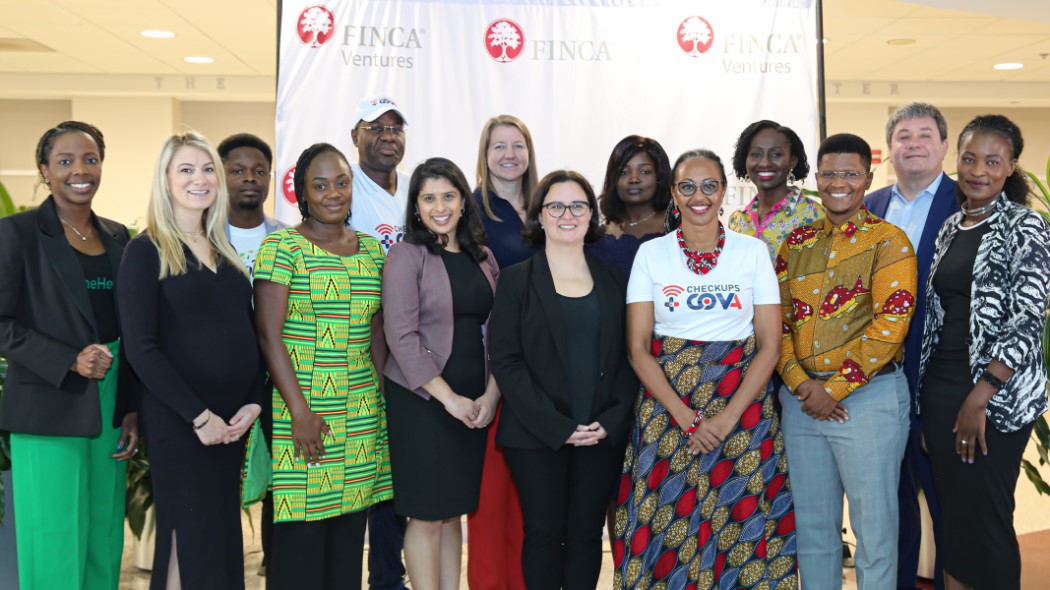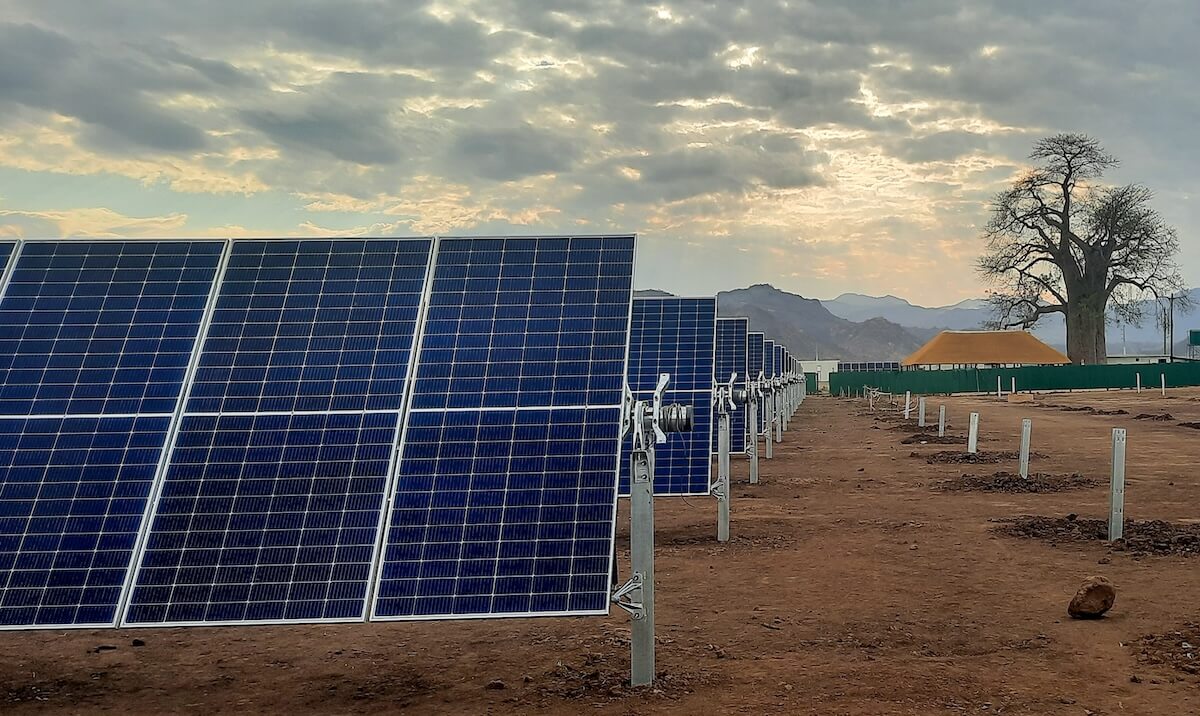ImpactAlpha, June 30 – When it was just a few well-connected plutocrats making headlines for questionable real estate projects, it was still possible to hope that Opportunity Zones would prove to be a major new source of capital for community-based businesses in underserved neighborhoods.
But almost two years after the capital-gains tax cut went into effect, the conclusion is inescapable: few dollars are flowing to projects promoting equitable development or in small businesses with the potential to create local wealth and jobs.
Instead, the vast majority of tax-advantaged capital is going to quick-turn real estate projects, many of which would have been completed even without the tax break.
Local Opportunity Zone headlines tell a different story: They’re working
Though data is scarce due to lack of reporting requirements, a public database maintained by Novogradac suggests more than 600 Opportunity Funds have raised more than $10 billion. Only 4% of those funds target operating businesses.
As the economic fallout of COVID wreaks havoc on Black-owned businesses in low-income communities, operating businesses need capital more than ever. Instead, Opportunity Zone investors appear to be pulling back. Two-thirds of respondents to a recent survey from Economic Innovation Groups believe investors are waiting for more certainty in the market prior to finalizing investment decisions.
“I have been following this closely and still, putting it all down with ink on the page, it was sobering even to me, who has had a healthy skepticism about this,” said Brett Theodos of the Urban Institute, which spoke with 70 project sponsors and developers, investors and philanthropies and others working on mission-oriented Opportunity Zone projects across the U.S.
The Urban Institute’s early assessment: mission-oriented actors are struggling to access capital. And larger, higher-return real estate projects – not operating businesses with the potential to create wealth and jobs – are gaining the bulk of investor attention, and capital. The incentive and rules so far are failing to address real and perceived barriers to investments in mission-oriented projects and small businesses in undercapitalized communities – many communities of color.
“It’s not that Opportunity Zones can’t be used in community impact or equitable development projects. It’s that Opportunity Zones aren’t sufficient,” Theodos told ImpactAlpha. “It’s not just that this is a new and emerging thing. It’s not just that people are getting familiar. There are some more fundamental and structural issues that make it hard to use for impact.”
To be sure, scrappy developers, local coordinators and mission-oriented investors have managed to secure financing for some impact-oriented mixed-use projects. But such deals have been cobbled together with other subsidies, partnerships with anchor institutions such as hospitals and blended capital structures that include philanthropic capital to lower risks and make investments work for investors as well as communities.
“I was originally very excited about the ability to put capital into operating businesses but it’s been far more challenging than we thought it would be,” Blueprint Local’s Ross Baird told ImpactAlpha. Specifically, he says, rules around which type of businesses do and don’t qualify for the incentive have been stricter than he anticipated.
Policy changes
The Urban Institute’s cautionary new report acknowledges the Opportunity Zone incentive has attracted new investors to distressed communities and jumpstarted conversations on community development across the country. According to the IRS, Opportunity Zones are “designed to spur economic development and job creation in distressed communities.”
But for the Trump-era tax incentive to prove a relevant channel for getting capital into businesses and communities dogged by centuries of institutional and structural discrimination, exclusion and racism – and now disproportionately impacted by COVID-19 – structural changes to the policy may be needed.
The Opportunity Zone incentive is “not generating activity that wouldn’t have happened otherwise,” said Theodos. “So how then can it generate impact?”
Investments in ‘people and places’ start to demonstrate impact in Opportunity Zones
Some survey respondents said Opportunity Zone incentives aren’t a major factor in the deals getting done. Some people said the incentive was critical, Theodos said. “A much greater share said OZs were not essential.” The incentive added a little bit of extra return on the back, but investors “are not fundamentally doing something they wouldn’t have done, or in a different way.”
The rules don’t require community engagement, which would help capital meet community needs. The subsidy doesn’t appear to be enough to drive capital to higher risk projects, nor does it reward impact, like quality jobs created. The largest rewards go to the biggest gainers.
“High-end apartment buildings and hotels can be expected to access larger incentives, as a percentage of project costs, than food banks, supermarkets in food deserts, or affordable housing projects,” say the researchers.
The Urban Institute report suggests policymakers could support small businesses by supporting alternatives to pure equity financing, including subordinated debt or hybrid debt and equity products. That echoes a report from Next Street last month that found equity-like capital products that meet the needs of moderate-growth businesses are needed to close the $146 million capital gap facing Chicago’s Black and Latinx entrepreneurs.
Urban suggests lawmakers could incentivize impact, such as the creation of quality jobs, rather than providing the largest subsidies to the most profitable projects.
Urban also advocates for a broader base of Opportunity Zone investors. Limiting the incentive to mostly wealthy investors who already have capital gains to offset freezes out local stakeholders from investing in their own community’s revitalization. Refundable tax credits, rather than capital gains tax breaks, might be a more inclusive mechanism. And capital gains tax breaks are not relevant to foundation and other non-profit investors, who generally don’t have tax bills.
Finally, Urban also says a redesigned Opportunity Zone policy could incentivize equity investments in community development finance institutions, which have a long track record of investments in community-based projects.
In the wake of COVID, lawmakers are already pushing to expand the program from 2026 to 2030 to allow more time for investments. “The question is on what terms,” says Theodos. Theodoes believes there’s appetite on Capitol Hill for major restructuring of the program.
“Fundamentally, it’s going to take some pretty big changes for the tool to actually accomplish impact-like investing in communities,” he says. “Time alone won’t fix that.”
New ecosystem
Eclectic groups of investors and project sponsors have come together to build the type of capital stacks that meet investor expectations as well as community needs.
“I think the biggest benefit of Opportunity Zones is that they have gotten capital that was zero percent interested in investing in neighborhoods that have been largely excluded from the economy, interested,” says Blueprint Local’s Baird, who spoke to Urban for the report. “We’ve seen a complete resurgence in interest in community and economic development in the US over the last couple of years.”
Community capital stacks bring the right money to the table in new ‘opportunity zones’
“The closer to the ground you get, the more you see these projects succeeding,” Baird says. Still, institutional capital wants scale and diversification. “We haven’t yet reached the stage where scale and replication and reorganization attract significant amounts of capital to truly mission-aligned project.”
Baird, who earlier founded Village Capital, one of the world’s most active seed stage impact-investment firms, admits ongoing challenges in moving Opportunity Zone capital to operating businesses. He says many of the challenges outlined by the Urban Institute, such as deal size and return expectations, represent deeply rooted institutional barriers to impact investing in the economy and are not unique to Opportunity Zones.
The right question to be asking, says Baird, is what is the appropriate role of private capital in community development? And what is the appropriate role of philanthropic capital and community development?
Baird says private investors insist on high returns to compensate for the perceived risks, or government funding and grants to mitigate risks. “The appropriate capital stacks can deliver results that people are looking for,” he says.
Community engagement
Lack of familiarity with communities means investors are leaving opportunities on the table, says Sara Gibson of 20 Degrees, which is helping formerly incarcerated and returning-citizen entrepreneurs with Opportunity Zone funding.
“How many of [the investors] knew the names of people who lived in Opportunity Zones? How can you adequately suss out and accurately do due diligence on a business if you don’t know a person,” she asks. “The systems are still not being built in a way that recognizes the strength within entrepreneurs who look different, live in different places, have a different business model, who don’t show up with the same bonafides.”
Opportunity Zones may have left too much room for investors to do what they know how to do, rather than what the program was intended to do, says CapEQ’s Tynesia Boyea-Robinson, who has advised investors in Opportunity Zones. That investors are set up as the experts in the first place only serves to reinforce the power dynamics that led to an inequitable economy. She said investors need to engage communities to learn what they need in order to make appropriate investments.
“The folks who do real estate and do real estate well, they’re going to see real estate as a hammer and everything as a nail,” she says. “You have to start with what the community needs and how the capital can help meet those needs.”











